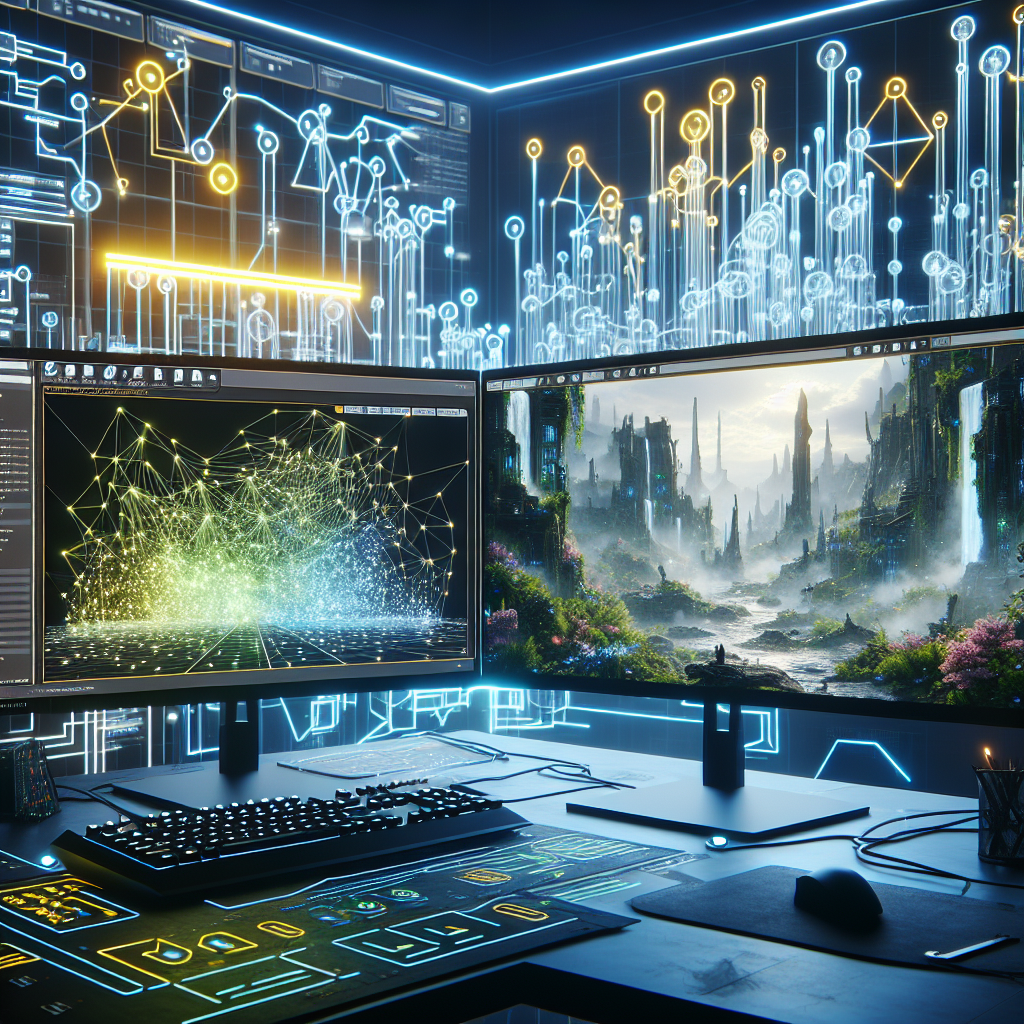Creating Engaging Narratives: Storytelling Techniques in Unreal Engine
In an era where immersive experiences are paramount in gaming and interactive media, storytelling remains a cornerstone that captivates audiences. The fusion of narrative techniques with powerful engines like Unreal Engine provides storytellers and game developers with an incredible palette to craft engaging narratives. This article delves into effective storytelling techniques that can enrich your projects using Unreal Engine, making your audience not just passive observers, but active participants in the story.
The Importance of Narrative in Interactive Media
Before exploring the technical aspects, it is vital to understand why storytelling is crucial even in games traditionally thought of as action-oriented or puzzle-based. A strong narrative underpins emotional engagement, enhances character development, and motivates player investment. Whether through an intricate plot or character arcs, narratives give context to gameplay mechanics, influences choices, and elevates the overall experience.
1. Character Development and Emotional Resonance
Characters are the lifeblood of any narrative. Unreal Engine provides tools such as the Metahuman framework, which allows developers to create lifelike characters with customizable appearances and behaviors. Develop rich backstories for your characters that can be communicated through dialogue, environmental storytelling, and animations.
Techniques to Enhance Character Development:
- Dynamic Dialogue Systems: Use Blueprint scripting to create branching dialogues that react to player choices, allowing players to engage with characters on a deeper level.
- Emotional Animation: Leverage Unreal’s animation tools to animate facial expressions and body language, accentuating emotional moments in storytelling.
- Character Arcs: Design character arcs that evolve throughout gameplay, providing players a sense of progression and investment in their outcomes.
2. World-Building and Environmental Storytelling
Unreal Engine’s ability to create breathtaking environments is unparalleled, allowing developers to weave stories into the very fabric of the world. Environmental storytelling involves using elements of the environment to tell a story without explicit exposition.
Techniques for Effective World-Building:
- Detailed Environments: Utilize Unreal’s High Definition Render Pipeline (HDRP) to create visually captivating environments that evoke specific moods or themes.
- Interactive Objects: Implement interactive objects that reveal backstory or lore when examined, contributing to the narrative without heavy-handed exposition.
- Visual Cues: Place artifacts, graffiti, and remnants of past events throughout the environment to create a narrative thread for players to discover—this can build a sense of mystery and intrigue.
3. Player Agency and Choices
Integrating player choices into your narrative enhances engagement significantly. Unreal Engine supports the development of complex systems that allow players to make choices that affect the story’s outcome.
Techniques for Incorporating Player Choices:
- Branching Story Paths: Use State Machines or Behavior Trees in Blueprint to create different narrative outcomes based on player decisions, allowing for multiple endings or gameplay experiences.
- Consequences and Feedback: Implement feedback loops where player choices have visible consequences in the game world or on character relationships, reinforcing the weight of decisions.
- Dynamic NPC Behavior: Utilize AI to change NPC behaviors based on player interactions, creating a living world that responds to player actions.
4. Visual Storytelling through Cinematics
Cinematic storytelling can elevate the narrative by invoking a sense of drama and urgency. Unreal Engine’s Sequencer tool is a powerful feature for creating cutscenes and scripted events that push the narrative forward.
Techniques for Cinematic Storytelling:
- Cutscenes and Camera Work: Use the Sequencer to craft engaging cutscenes with dynamic camera angles, techniques like depth of field, and pacing to create emotional highs and lows.
- Audio Design: Incorporate sound design and voice acting to enhance the narrative experience. Sound cues can guide player emotions and highlight plot points.
- Transitional Moments: Use cleverly designed transitions between gameplay and cutscenes to maintain engagement and fluidity in storytelling.
5. Integration of Music and Sound
Sound is a powerful narrative tool that can encapsulate emotions and set the tone for the entire experience. Unreal Engine provides robust audio tools that can be used to create soundscapes that resonate with storytelling.
Techniques for Effective Audio Integration:
- Adaptive Audio: Implement dynamic music systems that respond to player actions and reflect the emotional state of the narrative. Binaural audio techniques can enhance immersion.
- Sound Design for Atmosphere: Use ambient sounds and thematic music to deepen the atmosphere and context of the narrative.
- Voice Over Chronicles: Incorporate narration or character dialogue that can guide or enhance player understanding of the story’s nuances.
Conclusion
Unreal Engine offers a myriad of powerful tools and resources that empower developers to create rich, engaging narratives. By focusing on character depth, world-building, player agency, cinematic storytelling, and audio design, you can craft experiences that resonate with players and keep them invested in your story. Embrace these storytelling techniques, and you will not only create games but also memorable narratives that players will carry with them long after they’ve put down the controller. As technology continues to evolve, so too will the possibilities for storytelling in interactive media, making now an exciting time to explore your creative vision in Unreal Engine.




